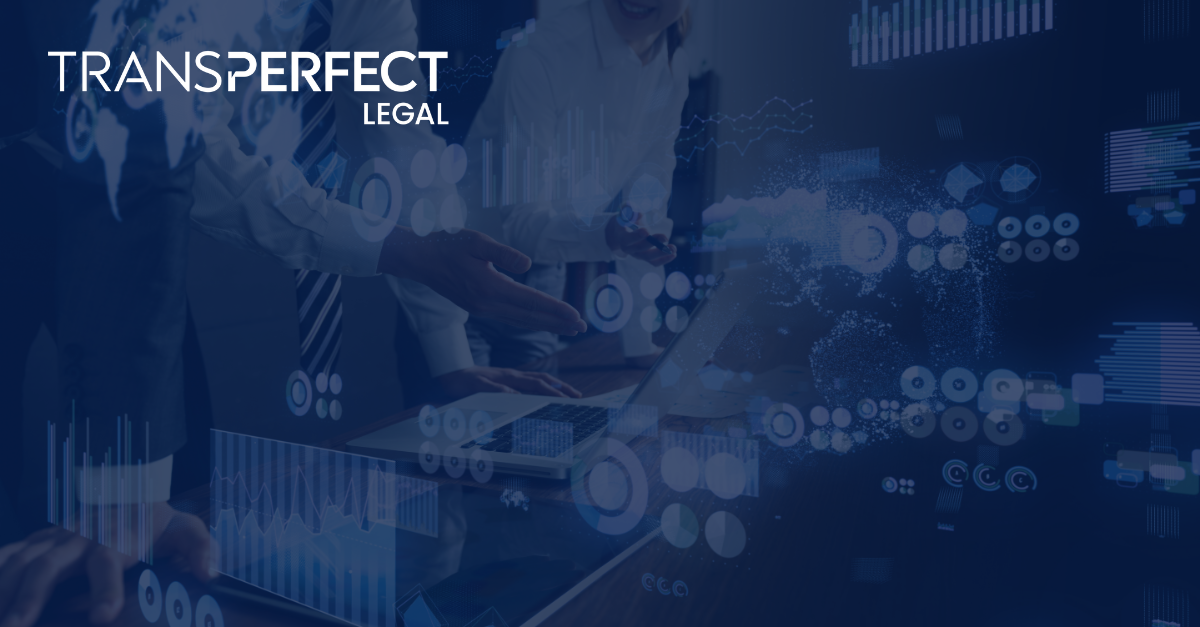From Paper to Pixels: The Evolution and Power of eDiscovery in Modern Legal Practice
From Paper to Pixels: The Evolution and Power of eDiscovery in Modern Legal Practice


This article was originally published in Maricopa Lawyer December 2024, Volume 43, Number 12. You can find the original article here. *Note: We have obtained the necessary permissions to republish this content.
We live in an era of ‘big data.’ According to the International Telecommunications Union, more than three-quarters of the world’s population own a mobile phone. The same statistics apply for computer and internet use. Worldwide data generation is predicted to reach 175 zettabytes (ZB = 1 billion terabytes) in 2025. An increase from only 2 ZB in 2010. Since 2010, I’ve presented and spoken internationally on eDiscovery and electronically stored information (ESI). The exploitation of ESI for discovery and disclosure continues to expand dramatically. Yet, anecdotally, only about 1 in 10 attorneys know about the capabilities of eDiscovery.
I recently consulted on a matter where both parties were printing emails as well as taking pictures and screen scrapes of text messages. In today’s world, handling a matter this way is not just inexcusable—it’s incompetence. Reflecting on that experience, it’s clear that leveraging the right tools is essential to uncovering critical evidence and effectively representing our clients. In my first eDiscovery matter 24 years ago, we used cutting-edge tools to discover documents which had been deleted and messages showing siphoning of funds to third-party off-shore accounts. We were able to competently defend our client’s interests by thoroughly investigating paper and digital evidence with tools available at the time. The tools gave us Access to the data, the ability to efficiently Analyze and answer our questions, from which we took definitive Actions to protect our client—what became my AAA mantra.
My first matter directly involving eDiscovery and ESI was in the late 1990s: a divorce matter with complex financial affairs and alleged fraud. The husband had legal access to an apartment in New York where his wife conducted business. The partner at the law firm where I worked wanted to investigate the husband’s computer for transactions and messages. We worked with our client to forensically ‘image’ the hard drive while maintaining the chain of custody for purposes of admissibility. The plan was to search for documents and messages that might answer questions about the wife’s financial dealings. These were advanced concepts for the time, but attainable with ample elbow grease. Being ever technologically curious, I needed tools and thus began a journey. As I look back, the late 1990s were a formative and influential time for eDiscovery—a market valued at $15.45 billion in 2023, projected to grow to $16.98 billion in 2024, and expected to reach $39.91 billion by 2032.
Some technology tools that I became aware of during that era include Concordance software in 1995, Summation in 1996, Viewpoint in 1997 and CaseLogistix in 1999. These were the first ‘review’ platforms—basically databases for searching and organizing information, yet with a friendlier interface that didn’t require attorneys and staff to know command line, or setup their own databases. We were now going to use virtual sticky notes (tags), but the change from paper to screen was repugnant to most of my colleagues—and they just printed everything. It was far from a smooth transition and some of the initial workarounds and limitations of that early technology still persist as bad habits today. At LegalTech Chicago in 1998 or 1999, I was then introduced to EnCase—also a game changer, but with a different angle. EnCase was the first forensic tool I’d seen that had an interface (as opposed to Linux tools that were all command line). It could image hard drives, keyword and pattern search, examine the file system, and even had reporting capability. It was branded as a ‘forensic’ tool—implying that only savvy computer pros would ever be able to make use of it. I saw that tool as leverage—and a proper, forensically sound, eDiscovery program.
In 2006, amendments to the Federal Rules of Civil Procedure (FRCP) recognized ESI as discoverable and defined how parties should handle digital data during litigation. I intently followed these developments and how they were trickling down to the state courts. In 2012, the ABA amended Model Rule 1.1, Duty of Competence, to include Comment 8, which added: “To maintain the requisite knowledge and skill a lawyer should keep abreast of changes in the law and its practice, including the benefits and risks associated with relevant technology.” In 2015, California issued a defining opinion (California Bar Formal Opinion No. 2015-193) interpreting Rule 1.1 wherein they state nine separate areas that “attorneys handling e-discovery should be able to perform (either by themselves or in association with competent co-counsel or expert consultants).” With this background in mind, it’s essential to consider how advancements in eDiscovery tools today offer even more advantages, empowering attorneys to access, analyze, and act on data more efficiently than ever.
This is not intended to be a comprehensive history of eDiscovery software, but simply to indicate that it has been around for over 30 years. These tools help us answer questions, and more importantly, give us the advantage in the AAAs. Those advantages are still important today—and as the technology progresses, the advantages have also grown exponentially.
The tools we have today are more accessible and powerful, as well as much easier to use. They’re quite flexible to suit specific needs on any matter. These tools can connect directly to data sources, such as Microsoft 365, Google, Dropbox and most cloud services. They can also collect from mobile devices and chat/text apps. And no matter your level of comfort with technology or skill level, these latest tools are easy to use—with intuitive interfaces to easily leverage your professional expertise and answer your questions. With this convenience and availability, there’s no reason you shouldn’t be using proper tools in your practice.